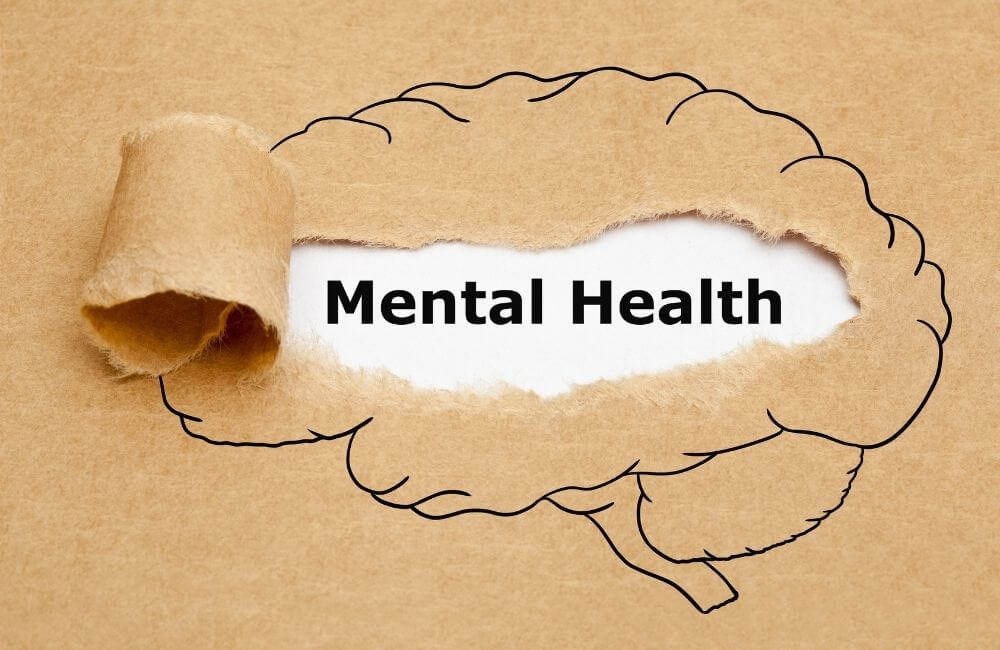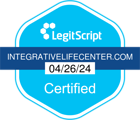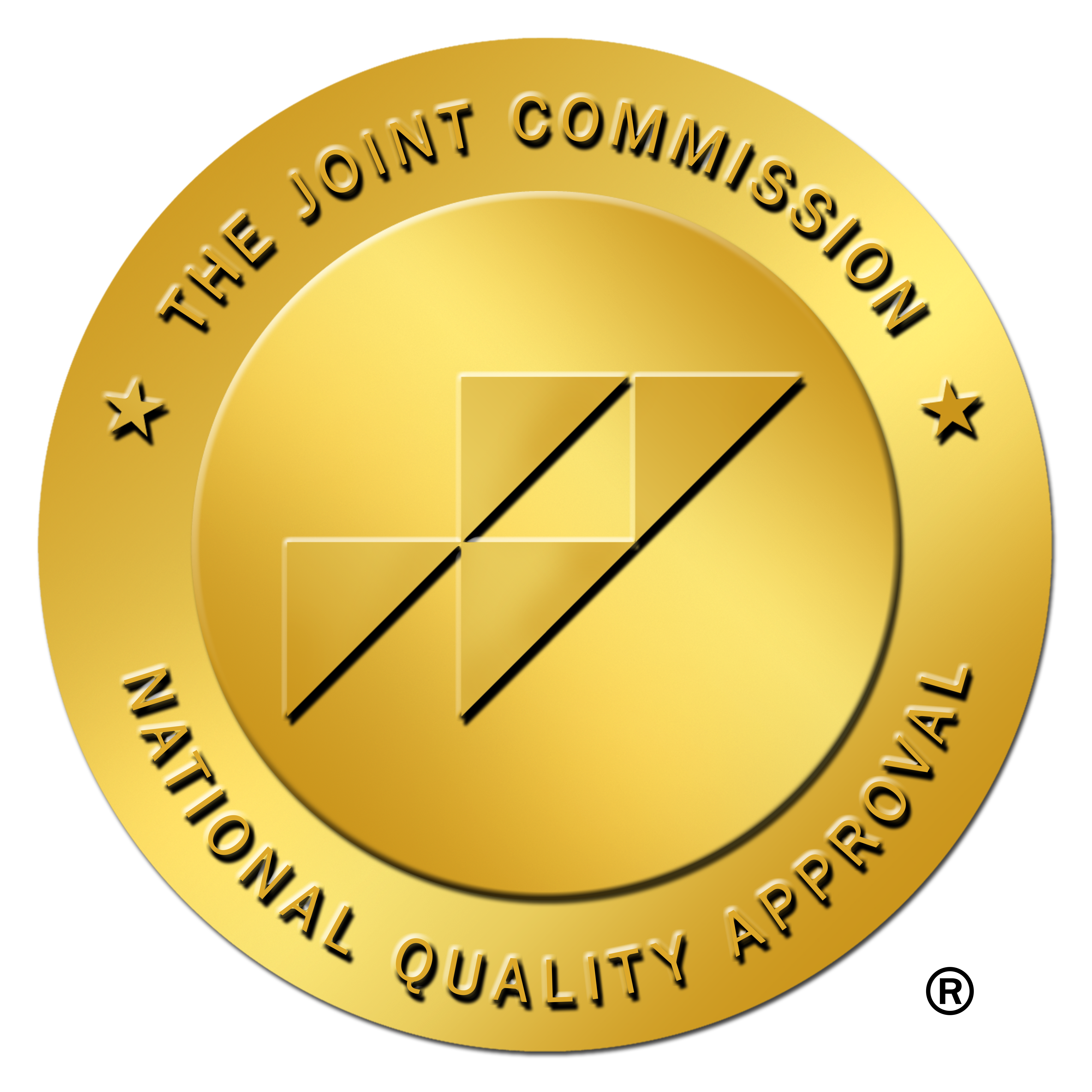Looking over the impact of mental health by viewing mental health statistics can help us understand more fully how many people are affected. But first, what is mental health? This can be defined in many ways – the World Health Organization defines it as a state of well being in which the individual realizes their own abilities, can cope with the normal stresses of life, can work productively and fruitfully, and is able to make a contribution to their community.
Sometimes small problems can become a mental health disorder or illness; however, an individual often has the opportunity to continue living, what society would call, a “normal” life with treatment, therapy, medication, or a combination of.
Mental health statistics give us a clearer picture of what our friends, neighbors and family could be dealing with.
Unfortunately, for many, the language that society uses to describe people living with mental health disorders or illnesses is discriminatory. It’s critical to understand the importance of language and remove words from your lexicon that are stigmatizing, such as crazy, psycho, or referring to someone as OCD.
Words create barriers – fewer people seek help because they don’t want to be labeled as “crazy”. The reality is that there are names for these disorders and a person living with one is not solely identified by their issues. Much like a person experiencing homelessness should not be referred to as a homeless person, someone living with a mental health disorder should not be referred to as a crazy person.
The National Mental Health First Aid materials teaches us to:
- Assess for risk, such as suicide or self-harm
- Provide a non judgmental environment
- Encourage self-help and support strategies
- Offer reassurance and information
- Encourage professional help
If you or a loved one is struggling with an illness or disorder that is impinging on their lives, Integrative Life Center offers a variety of treatments and therapies to help you learn how to cope. Talk therapy can go a long way, but it is recognized that more intensive strategies are necessary. We should always remember that even with all the statistics about mental health, recovery is ALWAYS possible.
Mood Disorders
It is common that people may feel sad and blue. It becomes abnormal when it interferes with a person’s ability to carry out their daily routines and lasts longer than a few weeks.
Depending on other signs and symptoms, this could be identified as depression, bipolar disorder, postpartum depression, or seasonal depression. In children, a mood disorder may present as a disruptive mood dysregulation disorder.
A few mental health statistics about mood disorders:
- A mood disorder affects nearly 1 of 10 adults in a given year.
- The most common are major depressive disorder which affects 6.8%
- 32 is the typical onset age and can co-occur with other disorders such as anxiety and substance use, which we will discuss as well.
Anxiety Disorders
Do you find yourself in a worrying state? Your mind is racing and the smallest things seem to cause distress? You may be dealing with a form of anxiety. Everyone has the potential to experience anxiety at some time in their lives but if you’re mind just won’t stop, you could be living with a generalized anxiety disorder.
Generalized anxiety disorder, panic disorder, phobic disorders (agoraphobia, social anxiety, specific disorders), acute stress disorder, PTSD, obsessive-compulsive disorder are all considered anxiety disorders.
Anxiety disorders:
- Can begin as early as the age of 11.
- Affect 25% of children between the age of 13 – 18.
- Are the most common mental illnesses in the US.
- Are experienced by 18% of adults in the US in a given year.
Despite being extremely treatable, less than 37% of those with an anxiety disorder seek treatment.
Substance Use Disorder
People often look for ways to increase pleasure as well as decrease feelings of distress. Some may practice yoga, bake cookies, go for a run, or have sex. Others turn to mind-altering substances. While drinking or using drugs socially is not a problem in and of itself, for some, it can quickly become a substance use disorder. As with other disorders, substance use becomes problematic when it begins to negatively impact home life, school, or work.
This disorder is often referred to as substance abuse. As mentioned previously, it is best to stay away from this term as it carries a negative connotation. By using the correct term – substance use disorder – we can reframe how we think of people suffering from this disorder.
A few mental health statistics about substance use disorder:
- 8% of the population (12 years and older) will be diagnosed with substance use disorder in a given year.
- Substance use disorders usually begin during adolescence. Median Age: 20
- Males are twice as likely as females to be diagnosed with substance use disorder.
- In 2018, 20.3 million people in the US had a substance use disorder.
The most common addictions include:
-
- Alcohol – 18 Million
- Marijuana – 4.2 Million
- Painkillers (such as vicodin, codeine): 1.8 Million
- Cocaine: < 1 Million
- Heroin: < 500,000
- Benzodiazepines (such as xanax, klonopin): 400,000
- Stimulants (ranges from adderall to methamphetamine): < 350,000
Eating Disorders
You are enough! In a world where everyone can see you – and pass judgment on what you do, how you look, where you work, the level of education your possess, the kind of car you drive, etc. – it’s important to remember that what matters is how you feel about yourself.
This is especially detrimental judgment and rooted in how someone’s body looks. Even a phrase as seemingly innocuous as, “You’ve lost weight – you look great!” can be harmful. While it’s generally accepted in society that any weight loss is good weight loss, that’s simply not the case. Weight loss can be a side effect of depression, an illness, or an eating disorder. So, what should you say instead? Try complimenting them on how happy they’ve been lately, their outfit, or how you appreciate them. It’s not ever a good idea to comment on someone’s body, especially without their permission.
- Eating disorders affect 30 million Americans in their lifetime.
- Second to opioid use, eating disorders are one of the most deadly mental illnesses in the United States. Roughly 10,000 deaths per year are directly related to an eating disorder: that’s one death every 52 minutes.
- Black teenagers are 50% more likely than white teenagers to exhibit bulimic behavior but are significantly less likely to be asked by a doctor about symptoms of an eating disorder.
- Transgender college students experience disordered eating at a rate that is 4x higher than that of cisgender students.
- Women with physical disabilities are more likely to develop an eating disorder.
Suicide
When anyone is dealing with some form of mental health issue and or crisis it is important that we assess the related risks for suicide and/or self-injury behaviors. Self-injury, which is sometimes described as self-harm, is described as deliberately harming oneself. Those that actively participate in self-harm are not necessarily suicidal but they are at a higher risk of attempting suicide if they do not get help. Some self-injury behaviors include cutting or burning and are used to cope with emotional distress, or feelings of intense anger or frustration.
- Suicide is the 10th leading cause of death:
- In 2018, an estimated 48,334 Americans died from suicide and an estimated 1.4 million Americans attempted suicide.
- White men account for 69.7% of all suicides in the US.
- Firearms were used in nearly 51% of suicides in 2018.
It is important should you experience any of the signs and symptoms related to a mental health disorder or illness, that you discuss concerns with your doctor. If you don’t have a primary care physician, a therapist, or other medical provider, reach out to someone that you trust.
Looking over these mental health statistics we know that there are many people who struggle in these categories. These statistics tell us that we are not alone if we are the one in crisis, but also that our friends and family are not experiencing anything unique.
Integrative Life Center offers a holistic approach to treating mental health – we assess what each individual client needs and help get them back on the best possible path. Sometimes that includes medication, though not always. In addition to medication, we offer multiple therapy modalities such as CBT, as well as experiential therapies like body-centered work, music therapy, and breathwork.
Reach out to Greg Kfroury at Integrative Life Center today to talk with him about us and if it’s the right fit for your needs.












